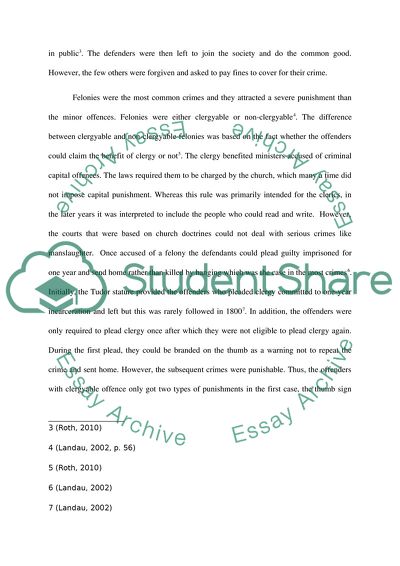Cite this document
(“The Law and Punishment in 1800s Essay Example | Topics and Well Written Essays - 3000 words”, n.d.)
Retrieved from https://studentshare.org/history/1701656-the-law-and-punishment-in-1800s
Retrieved from https://studentshare.org/history/1701656-the-law-and-punishment-in-1800s
(The Law and Punishment in 1800s Essay Example | Topics and Well Written Essays - 3000 Words)
https://studentshare.org/history/1701656-the-law-and-punishment-in-1800s.
https://studentshare.org/history/1701656-the-law-and-punishment-in-1800s.
“The Law and Punishment in 1800s Essay Example | Topics and Well Written Essays - 3000 Words”, n.d. https://studentshare.org/history/1701656-the-law-and-punishment-in-1800s.


